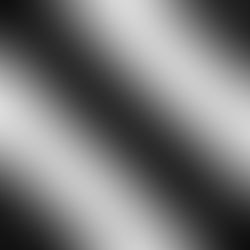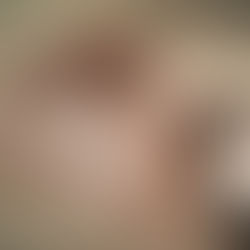Body Scan Meditation For Tweens
This is a body scan for children. If you’re a parent, you might choose to do this with your child, or feel free to use the audio or the whole video as part of bedtime routine or at any other time of the day. You can use the script and do the meditation with your children.
1) Lie down on your back or sit in a comfortable position. Let your legs and your arms relax. Close your eyes.
2) Take two or three gentle, large breaths. Imagine you are floating in a cloud and let yourself relax on the cloud. Pay attention to how that feels. Watch your belly rise and fall. Air moves in and out of your body. If you like, place a hand on your belly and feel it move with each breath.
3) Keep floating on the cloud and pay attention to the other parts of the body. Start with your feet. They might feel warm or cold, wet or dry, relaxed or restless. It’s also okay if you feel nothing at all. If you can, relax your feet now. If that’s hard to do, that’s fine. Take a moment and notice how "nothing" feels too.
4) For these few minutes, let yourself be still. There’s nothing to do. Pay attention as best you can. You might feel a blanket or socks on your feet, or you might feel them pressing against the bed or the floor. When your mind gets busy, gently bring your attention back to your body.
5) Keep floating on the cloud and notice again how it feels as you bring your attention to your lower legs, noticing whatever is there. Do they feel heavy, light, warm, cold, or something else? Next, move your attention next to your knees and relax them. Feel the front, back, and sides of your knees.
6) Come back to the cloud and feel the softness there and now move your attention to your upper legs. Whatever you feel, or don’t feel, is fine. Notice your legs and let them relax. If you feel restless or wiggly, that’s okay too. That happens.
7) Now move your attention to your belly. It always moves when you breathe, rising and falling, like waves on the sea. You might feel something on the inside, like full or hungry. You might notice the touch of your clothing or a blanket. You might even feel emotions in your belly, like happy or sad or upset.
If you feel that it’s hard to focus, that’s normal. Gently practice coming back again and again to how your chest feels when you breathe.
8) Next, bring your attention to your chest. Notice it rising and falling as you breathe. If you feel that it’s hard to focus, that’s normal. Gently practice coming back again and again to how your chest feels when you breathe.
9) Now turn your attention to your hands. They may be touching the bed, or the floor, or somewhere on your body. Relax them if you can, and if not, simply paying attention to your hands for another moment.
10) Move your attention up into your arms. Maybe notice if you can find a moment of stillness inside you. Think of being still like a frog.
11) Next, move your attention around to your back. How does it feel against the bed or the floor? Notice how it rocks with each breath. When your mind gets busy or angry or scared, you can always come back to how your body feels in this way for a moment.
12) Now move attention to your neck and shoulders, letting go and relaxing them. If your mind wanders, that’s fine. No one can pay attention all the time. Just keep returning to noticing your body whenever you find yourself thinking of something else.
13) And now feel your face and head. What expression do you have right now? What would it feel like to smile? What else do you notice in your face, your head, and in your mind?
14) Finally, spend a few moments, paying attention to your whole body. If it is easier, continue to pay attention to your breath. If it’s time for sleep, let that happen, remaining still and continuing to pay attention to your breath or feelings in your body. And if it’s time to wake up, open your eyes and sit for a few moments before deciding when to move again.

















